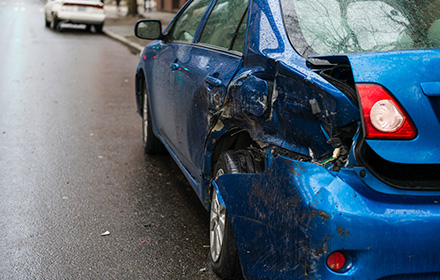Two sisters arrested simultaneously for dui
June 28, 2013
Two South Florida women were arrested for driving under the influence (DUI) at the same time and for driving the same car. As a Monroe County police officer was attempting to stop a vehicle for a traffic infraction, the driver inexplicably stopped in the middle of U.S. 1 and switched seats with the passenger. The only problem is the officer saw the switch which put both sisters in actual physical control of the vehicle. The switch was allegedly captured on the dash board camera located in the officer's vehicle. Both defendants were arrested and booked into the Monroe County Detention Center and charged with DUI. Any Miami criminal defense lawyer that defends DUI cases will tell you that this situation is an unusual occurrence.
The two sisters arrested were Steffany and Vanessa Miranda. The police report indicates that Steffany was operating the vehicle as it traveled down U.S. 1. After the vehicle stopped, Vanessa jumped into the driver's seat switching places with her sister. Unfortunately, the officer that made the traffic stop observed the switch. The sisters were arrested on
DUI charges and taken to the Monroe County Detention Center. Steffany refused to submit to breath alcohol testing, while Vanessa submitted to the test. Her reading came back at .127 and .129. The legal limit in the State of Florida is .08.
To prove the crime of DUI, the prosecutor must prove that a defendant drove or was in actual physical control of a motor vehicle. In most DUI cases, a law enforcement officer will observe a driver commit a
traffic infraction and stop the vehicle. Once the officer approaches the vehicle and makes contact with the driver, the element is easily proven. In other cases, it is not so easy to prove the element of actual physical control (APC). In many accident cases, the driver has already exited the vehicle prior to the arrival of law enforcement. In multi-car accidents, drivers or passengers in the other vehicles will be required to testify to prove that the defendant was in APC of the vehicle. In one car accidents, witnesses or bystanders who observed the accident will be required to testify that the defendant operated the vehicle prior to the accident and exited the vehicle.
If the prosecution can establish APC, the next element to be proven is that the defendant was either under the influence of alcoholic beverages or a controlled or chemical substance to extent his or her normal faculties were impaired, or that the defendant had a blood or breath alcohol level of .08 or more. If the prosecution has a blood test that exceeds .08 they will attempt to prove the case using these test results. If a driver refuses to submit to the test, the prosecution will use the result of the field sobriety exercises commonly deployed by law enforcement in DUI investigations. The results of the exercises are far more subjective that the results of blood or breathing testing. It is always more difficult for the state to prove the offense of DUI relying on the results of the field exercises. Note that drivers are not required to perform roadside exercises. Experienced DUI attorneys always recommend to refuse the breath test and the field exercises as this will limit the evidence necessary for the prosecution to prove the case.
One Car, One Traffic Stop, Simultaneous DUI Arrests in Keys for Miami Sisters, Miami Herald.com, June 27, 2013.

















